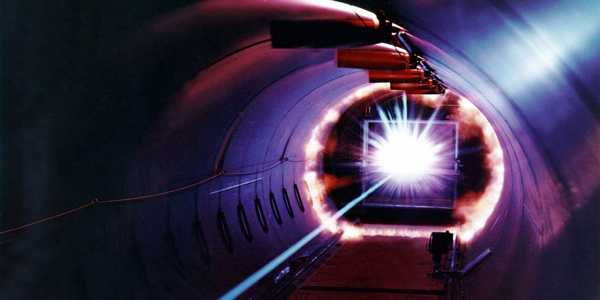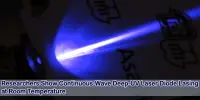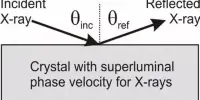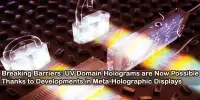Laser beams are invisible in the vacuum unless they are shot directly into your eye. However, physicists are now making laser beams visible in a vacuum by developing a method that makes the ultra-precise laser alignment required to manipulate individual atoms easier to perform. Because of their quantum behavior, atoms frequently exhibit unusual behavior during atomic interactions. The effect can be used to create quantum computers that can solve specific problems that conventional computers cannot.
A new method developed at the University of Bonn makes ultra-precise adjustment for quantum optics experiments much easier.
A light beam can only be seen when it collides with matter particles and is scattered or reflected by them. It is, however, invisible in a vacuum. Physicists at the University of Bonn have now developed a method for visualizing laser beams even under these conditions. The method makes performing the ultra-precise laser alignment required to manipulate individual atoms easier. The researchers’ method has now been published in the journal Physical Review Applied.
A beam of light can only be seen when it hits matter particles and is scattered or reflected by them. In a vacuum, however, it is invisible.
Because of their quantum behavior, individual atoms frequently exhibit unusual behavior when they interact with one another. These effects, for example, can be used to build so-called quantum computers, which can solve problems that conventional computers cannot. Individual atoms must be maneuvered into precisely the right position for such experiments, however. “We do this by using laser beams that act as light conveyor belts,” explains Dr. Andrea Alberti, who led the research at the University of Bonn’s Institute of Applied Physics.
A light conveyor belt like this has countless pockets, each of which can hold a single atom. These pockets are free to move back and forth, allowing an atom to be transported to a specific location in space. You usually need a lot of these conveyor belts if you want to move the atoms in different directions. When multiple atoms are transported to the same location, they can interact. All pockets on the conveyor belt must have the same shape and depth in order for this process to take place under controlled conditions. “The lasers must overlap with micrometer precision to ensure this homogeneity,” explains Gautam Ramola, the study’s lead author.

A bean in a soccer stadium
This task is more difficult than it appears. For one thing, it necessitates extreme precision. “It’s like having to aim a laser pointer from the stands of a soccer stadium to hit a bean on the kickoff spot,” Alberti explains. “But wait, there’s more—you have to do it blindfolded.” This is due to the fact that quantum experiments take place in a nearly perfect vacuum, where laser beams are invisible.
As a result, the researchers in Bonn measured the propagation of laser beams using the atoms themselves. “To do this, we first changed the laser light in a distinctive way—we call this elliptical polarization,” Alberti explains. When atoms are illuminated by a laser beam prepared in this manner, they react by changing their state in a predictable manner. These changes can be measured with a high degree of accuracy.
Physicists used atoms to measure the propagation of laser beams in this study. They accomplished this by altering the laser light in a process known as elliptical polarization. The illumination of atoms by a laser beam alters their state significantly. Those changes can be measured with high precision.
“Each atom acts like a small sensor that records the intensity of the beam,” Alberti explained. We can determine the location of the beam to a few thousandths of a millimeter by examining thousands of atoms at different locations.”
“Each atom functions as a small sensor, recording the intensity of the beam,” Alberti explains. “We can determine the location of the beam to a few thousandths of a millimeter by examining thousands of atoms at different locations.”
The researchers were able to adjust four laser beams in this manner, for example, so that they intersected exactly at the desired position. “Normally, such an adjustment would take several weeks, and there would be no guarantee that the optimum had been reached,” Alberti says. “With our method, we only needed about a day to complete this.”
















